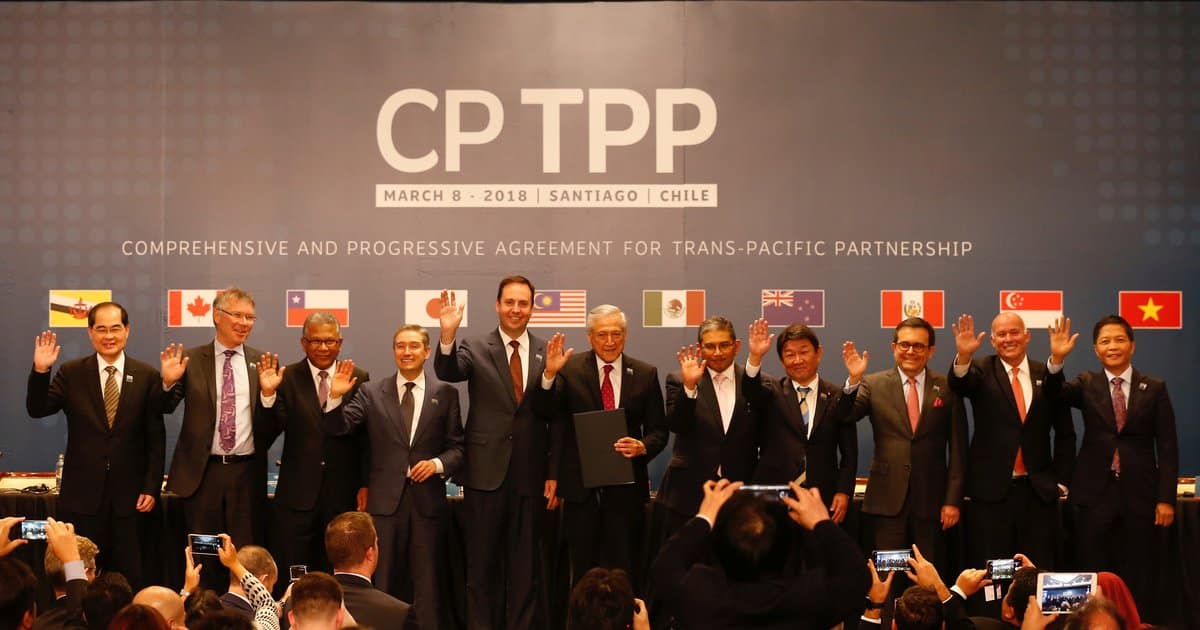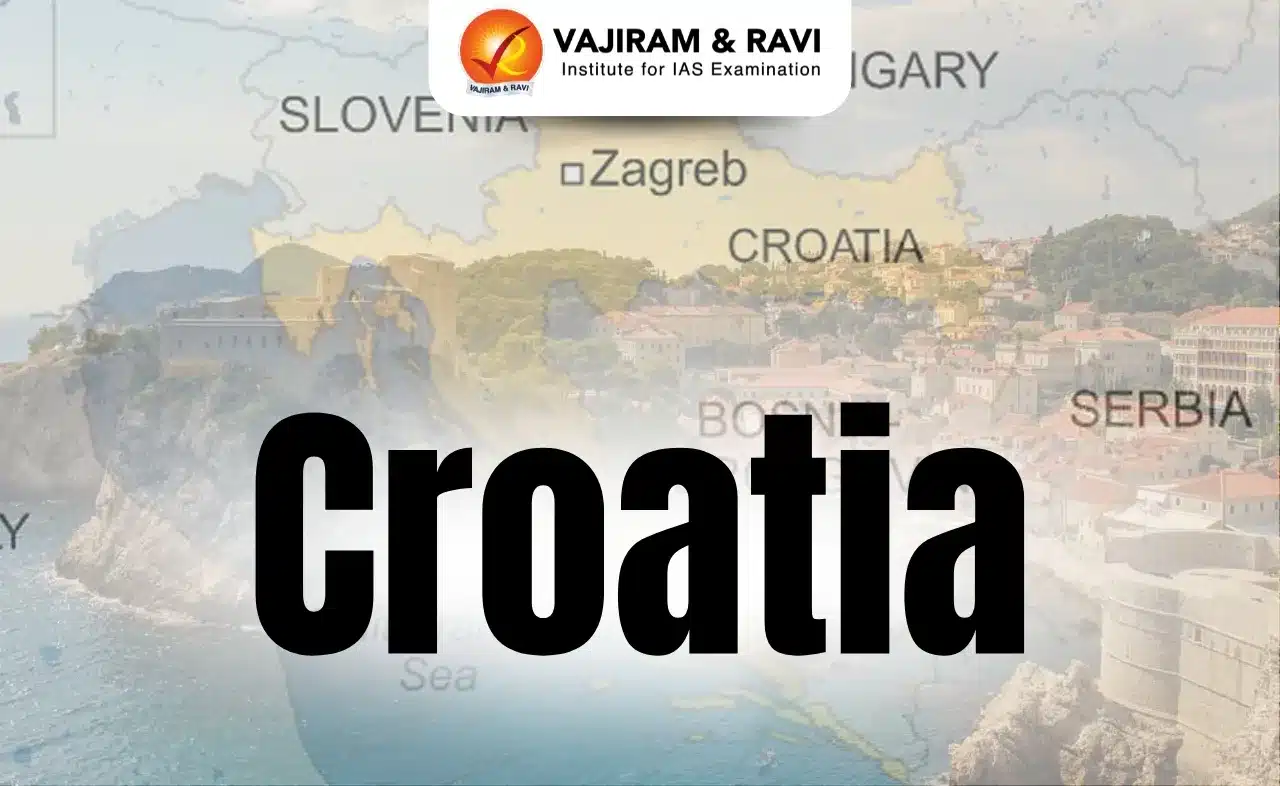Why in News?
- UK will become the first new member, and the first in Europe, to join the CPTPP since it came into force in 2018.
About Comprehensive and Progressive Agreement for Trans-Pacific Partnership (CPTPP):
- It is a free trade agreement (FTA) between 11 nations: Australia, Brunei, Canada, Chile, Japan, Malaysia, Mexico, New Zealand, Peru, Singapore and Vietnam.
- It was signed in March 2018.
- It succeeded the Trans-Pacific Partnership (TPP) after the United States withdrew from the TPP in 2017.
- All 11 countries of CPTPP are members of the Asia-Pacific Economic Cooperation (APEC).
What is the Asia-Pacific Economic Cooperation (APEC)?
- It is a forum of 21 Asia-Pacific economies established in 1989.
- Members: Australia; Brunei Darussalam; Canada; Chile; People’s Republic of China; Hong Kong, China; Indonesia; Japan; Republic of Korea; Malaysia; Mexico; New Zealand; Papua New Guinea; Peru; the Philippines; the Russian Federation; Singapore; Chinese Taipei; Thailand; the United States of America; Vietnam.
- It seeks to promote free trade and economic cooperation throughout the Asia-Pacific region.
- The APEC Secretariat, headquartered in Singapore, provides advisory and logistic services as well as research and analysis.
- APEC decisions are reached by consensus, and commitments are made on a voluntary basis.
Q1) What is a free trade agreement (FTA)?
A free trade agreement is a pact between two or more nations to reduce barriers to imports and exports among them. Under a free trade policy, goods and services can be bought and sold across international borders with little or no government tariffs, quotas, subsidies, or prohibitions to inhibit their exchange.
Source: U.K. to join Asia-Pacific trade treaty, Rishi Sunak hails ‘post-Brexit freedom’
Last updated on June, 2025
→ UPSC Notification 2025 was released on 22nd January 2025.
→ UPSC Prelims Result 2025 is out now for the CSE held on 25 May 2025.
→ UPSC Prelims Question Paper 2025 and Unofficial Prelims Answer Key 2025 are available now.
→ UPSC Calendar 2026 is released on 15th May, 2025.
→ The UPSC Vacancy 2025 were released 1129, out of which 979 were for UPSC CSE and remaining 150 are for UPSC IFoS.
→ UPSC Mains 2025 will be conducted on 22nd August 2025.
→ UPSC Prelims 2026 will be conducted on 24th May, 2026 & UPSC Mains 2026 will be conducted on 21st August 2026.
→ The UPSC Selection Process is of 3 stages-Prelims, Mains and Interview.
→ UPSC Result 2024 is released with latest UPSC Marksheet 2024. Check Now!
→ UPSC Toppers List 2024 is released now. Shakti Dubey is UPSC AIR 1 2024 Topper.
→ Also check Best IAS Coaching in Delhi
























